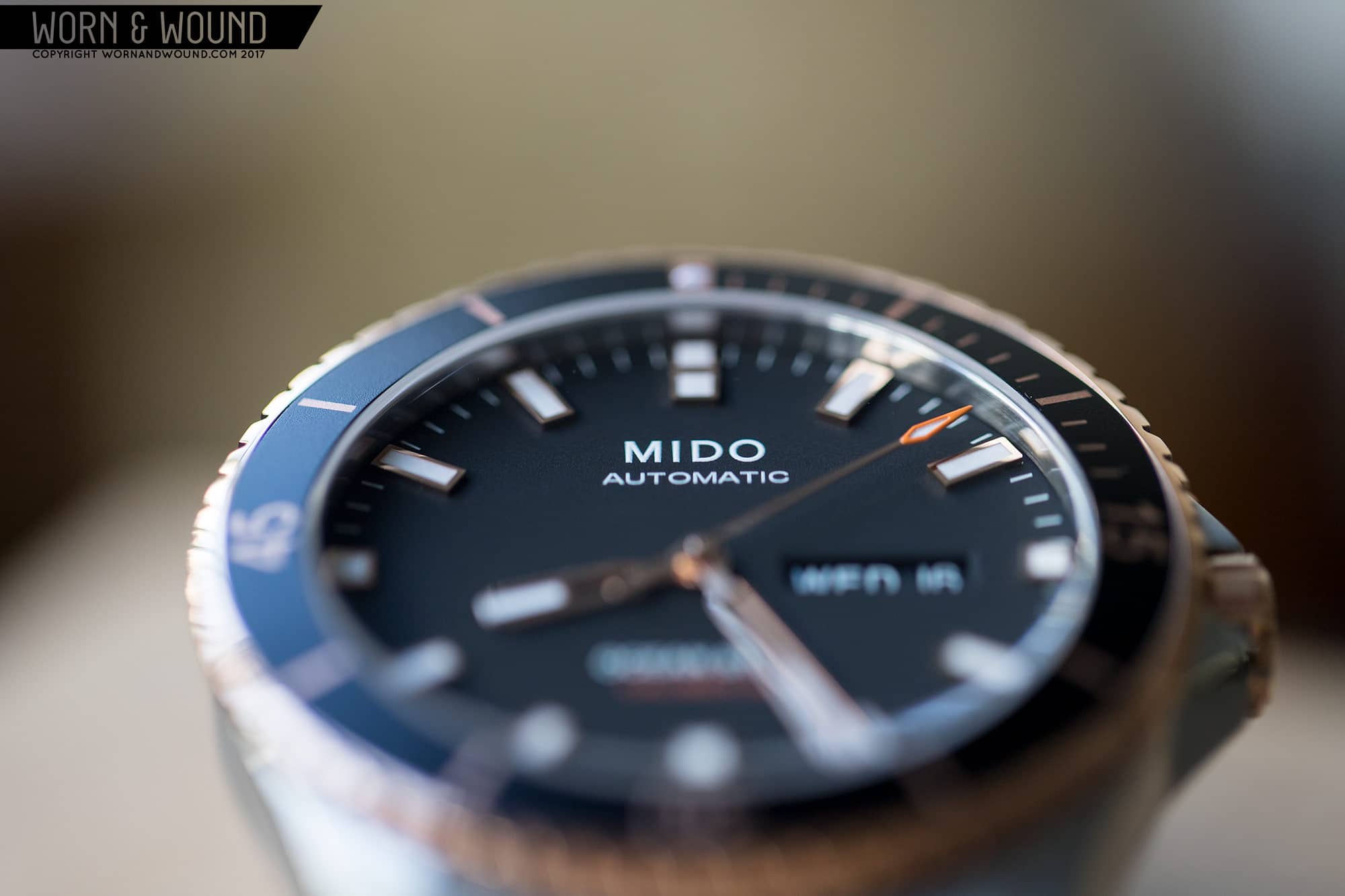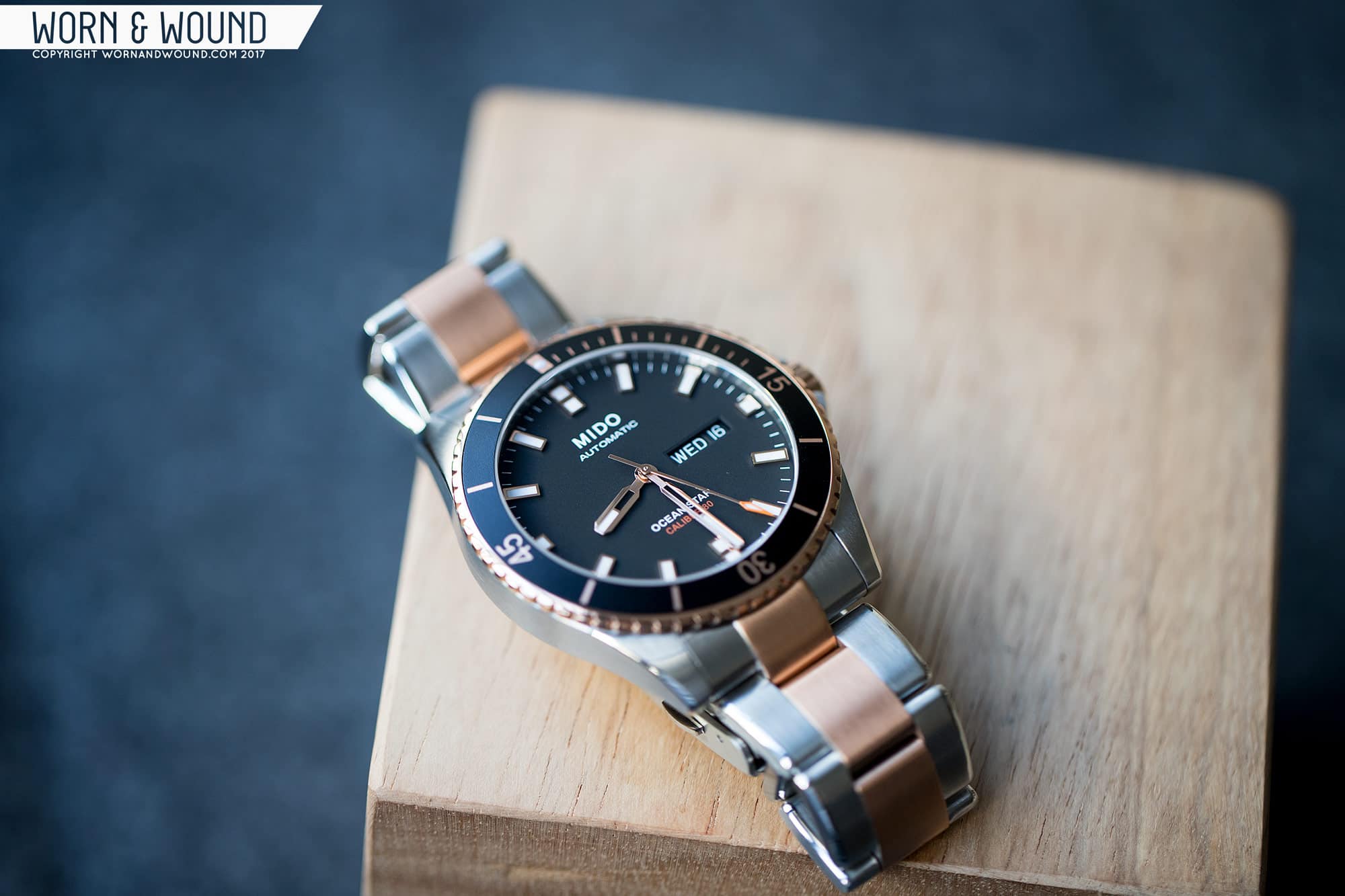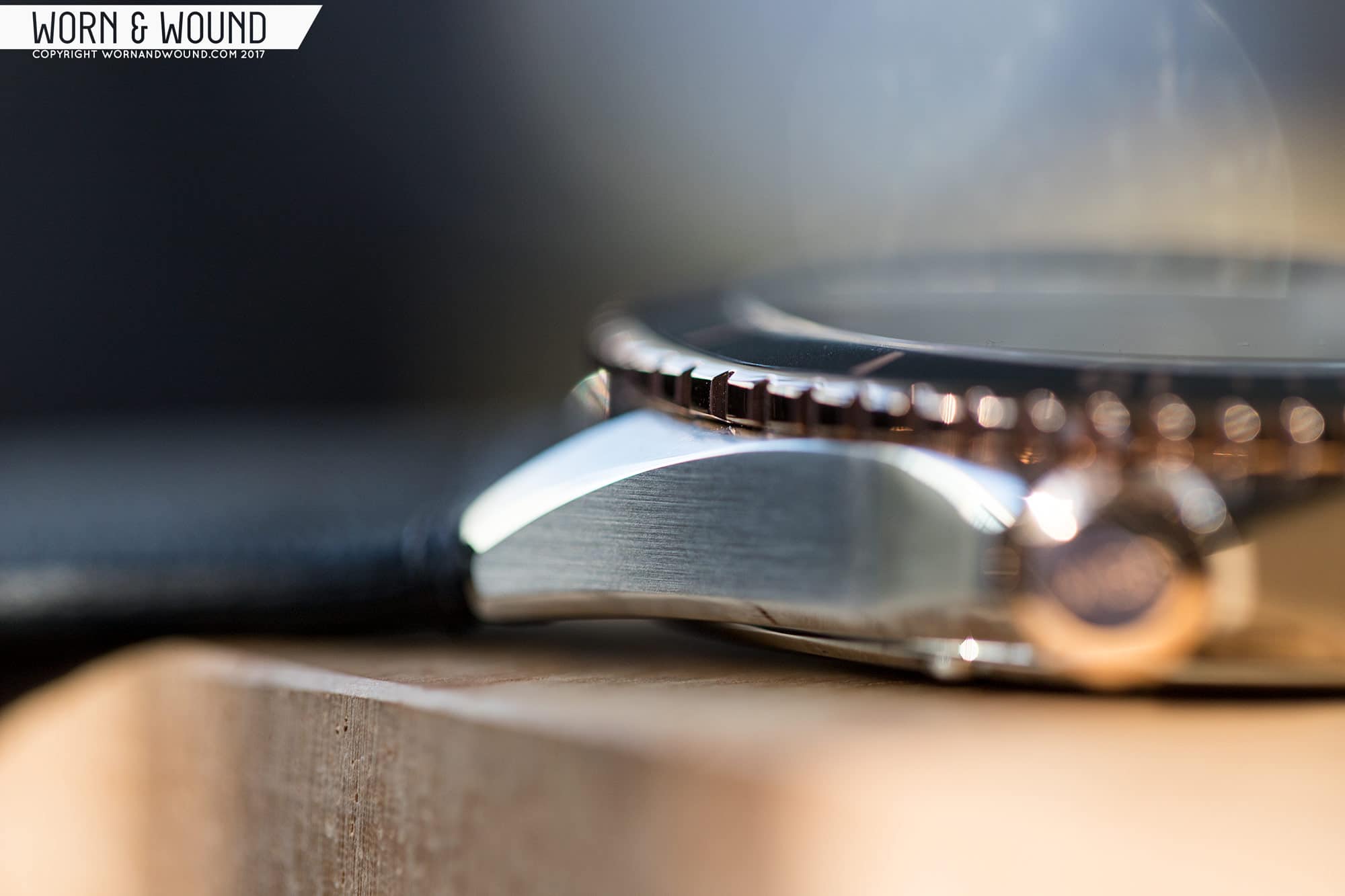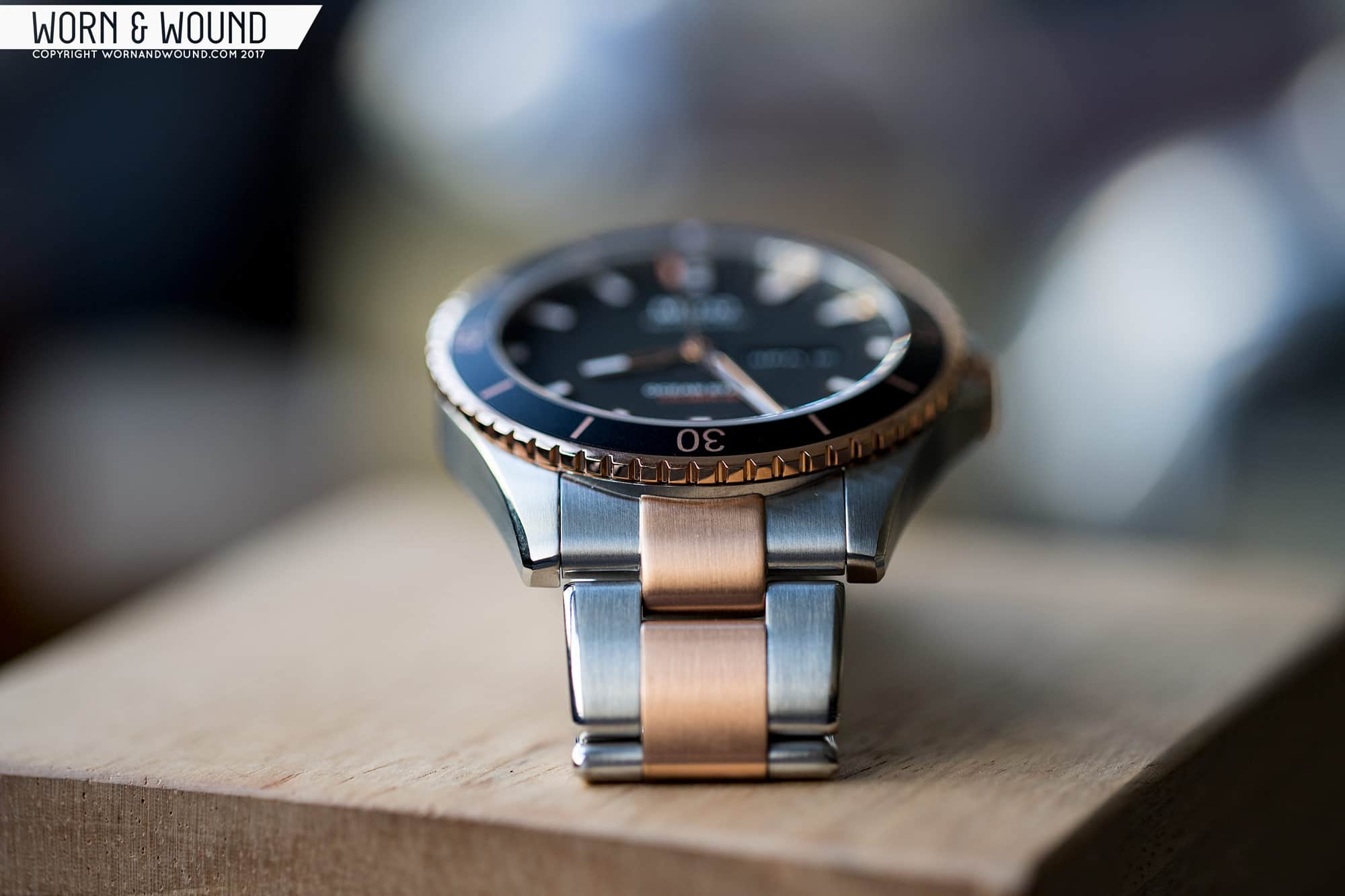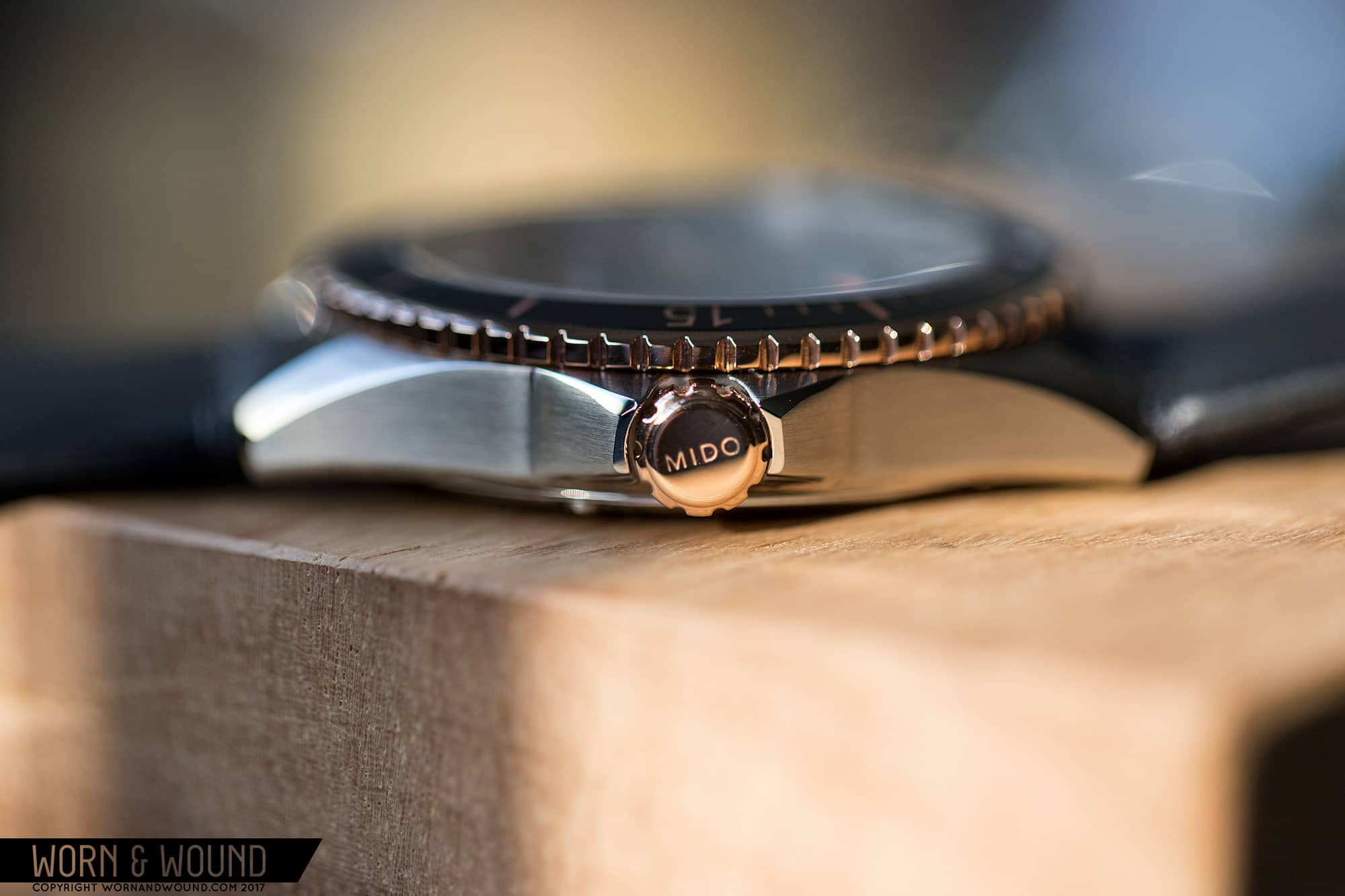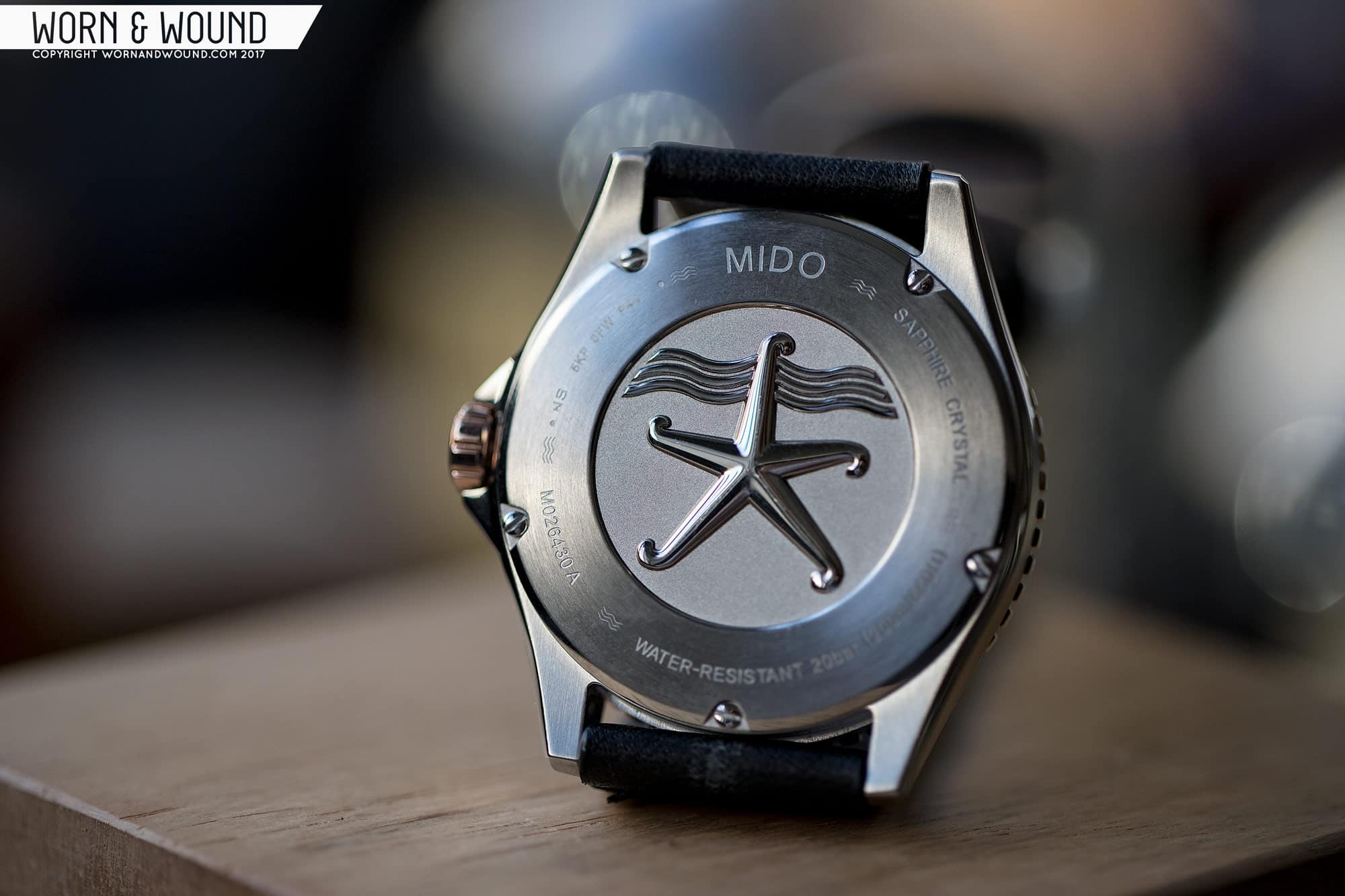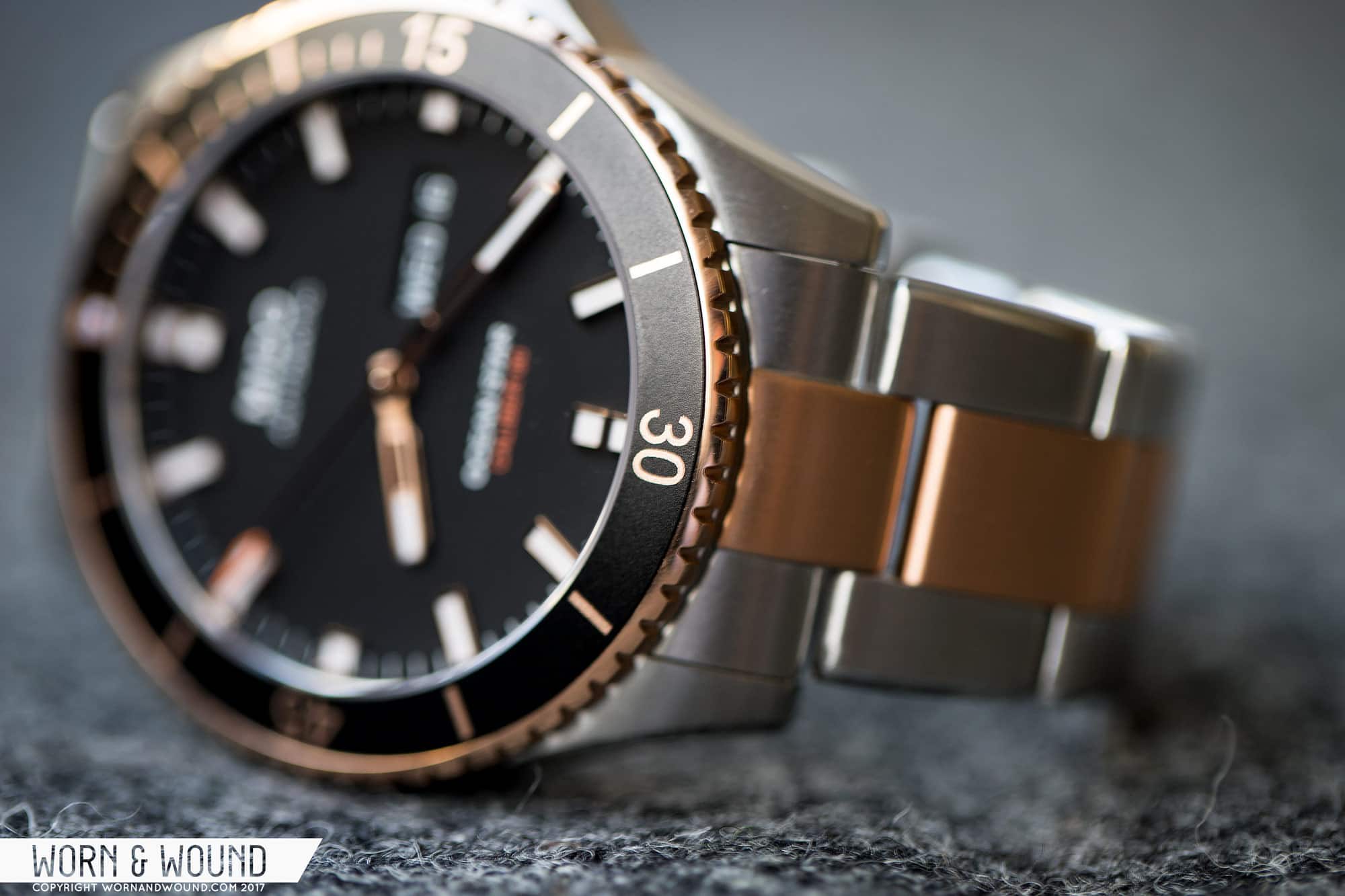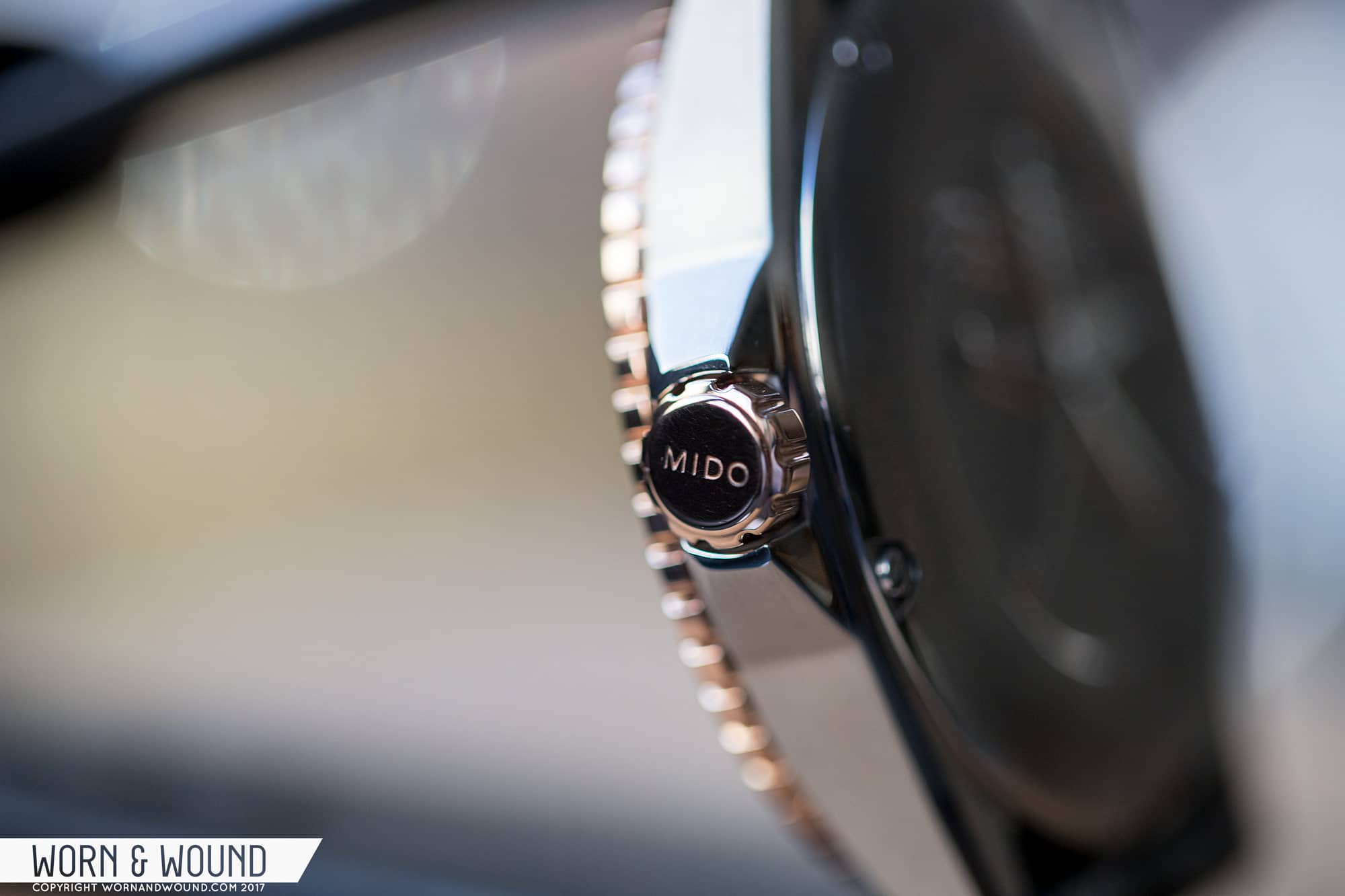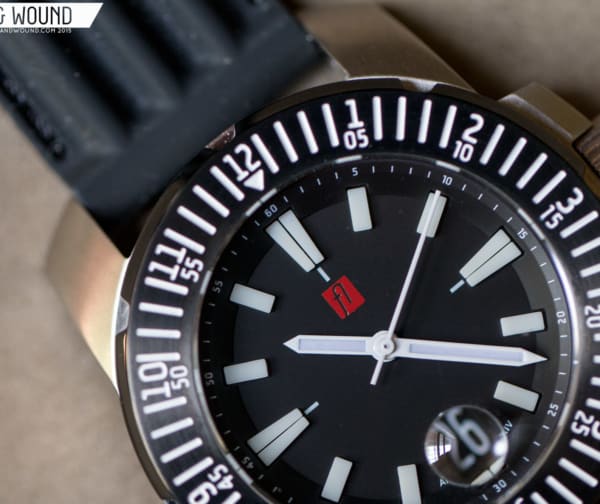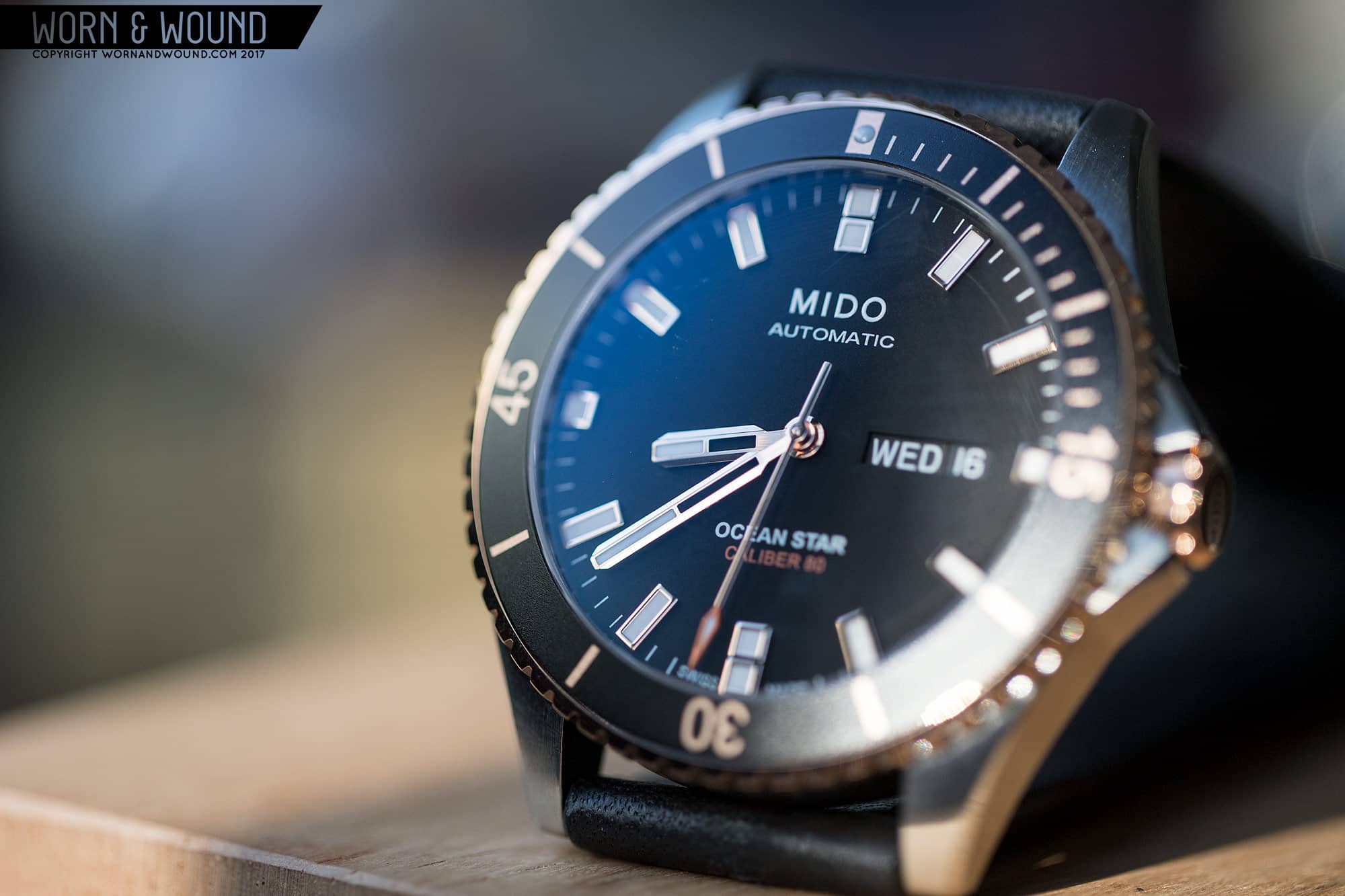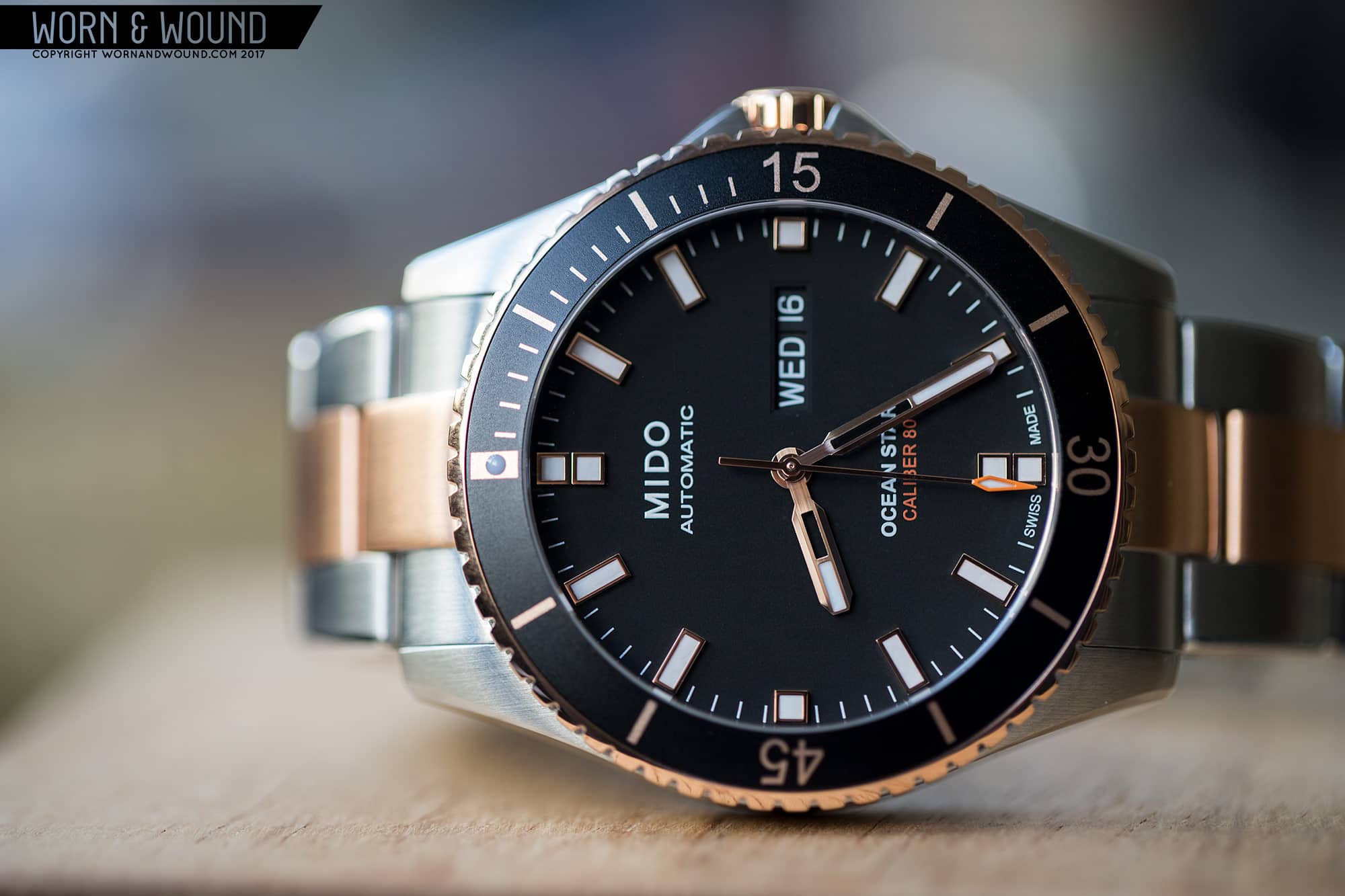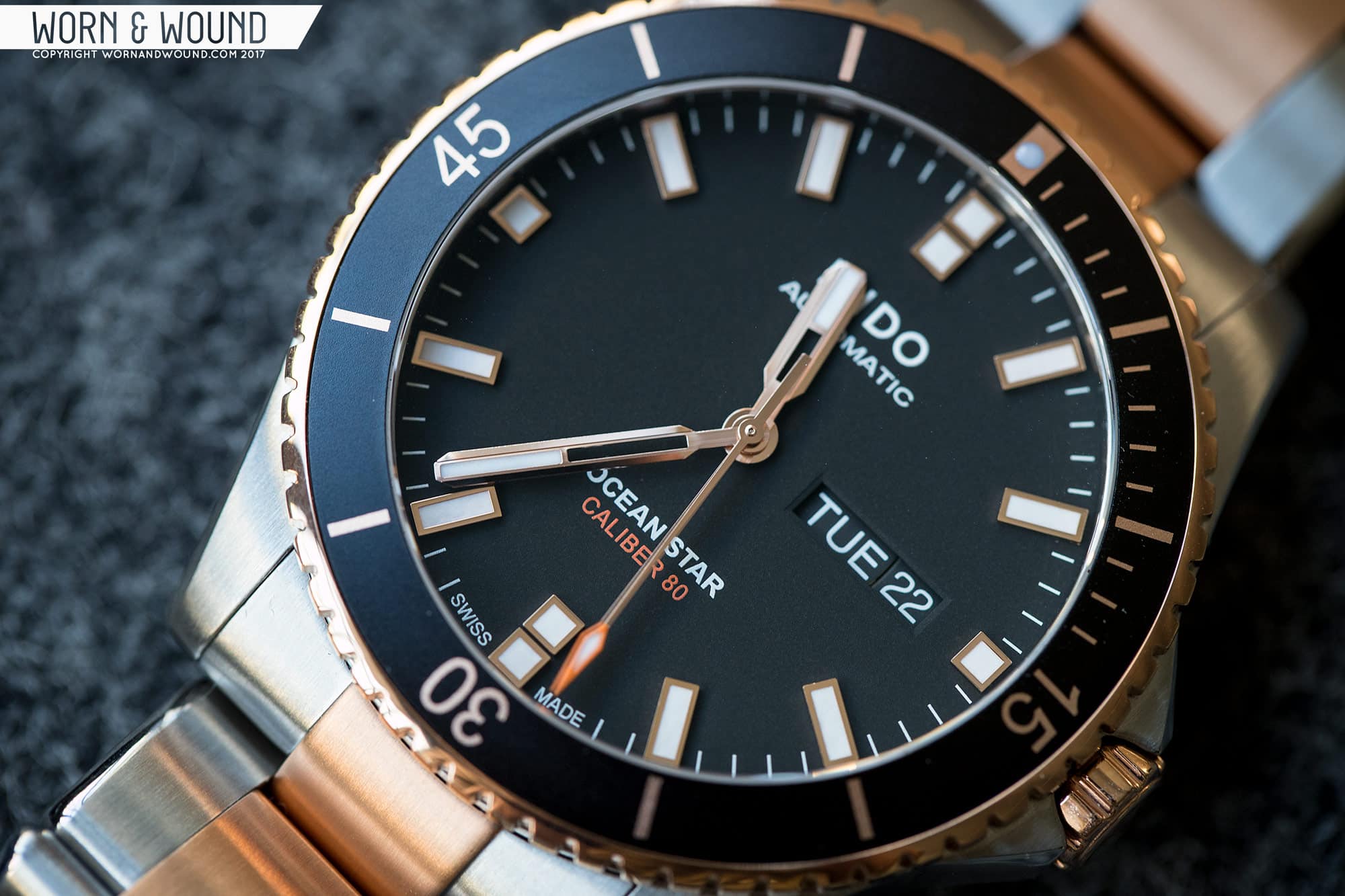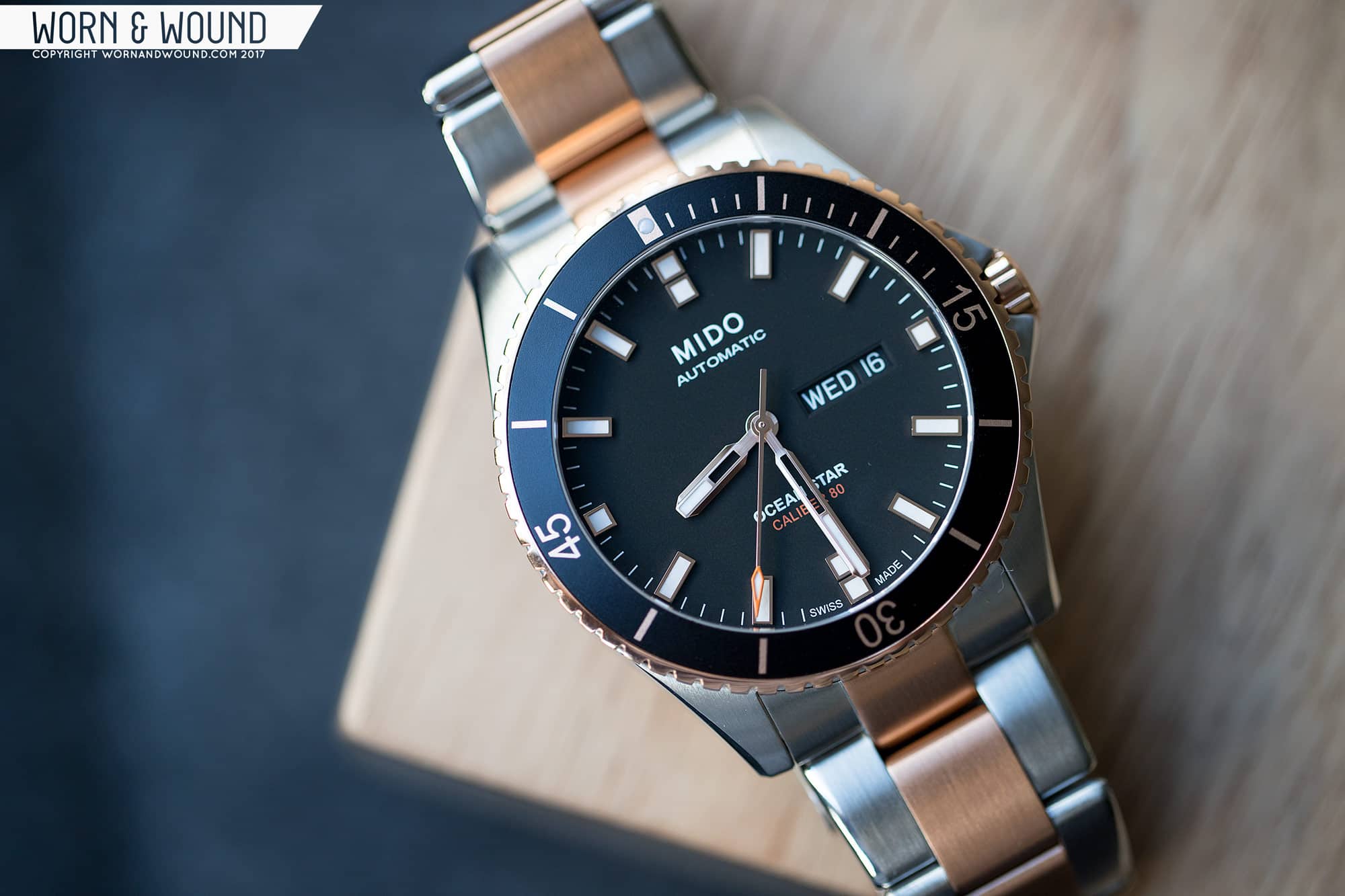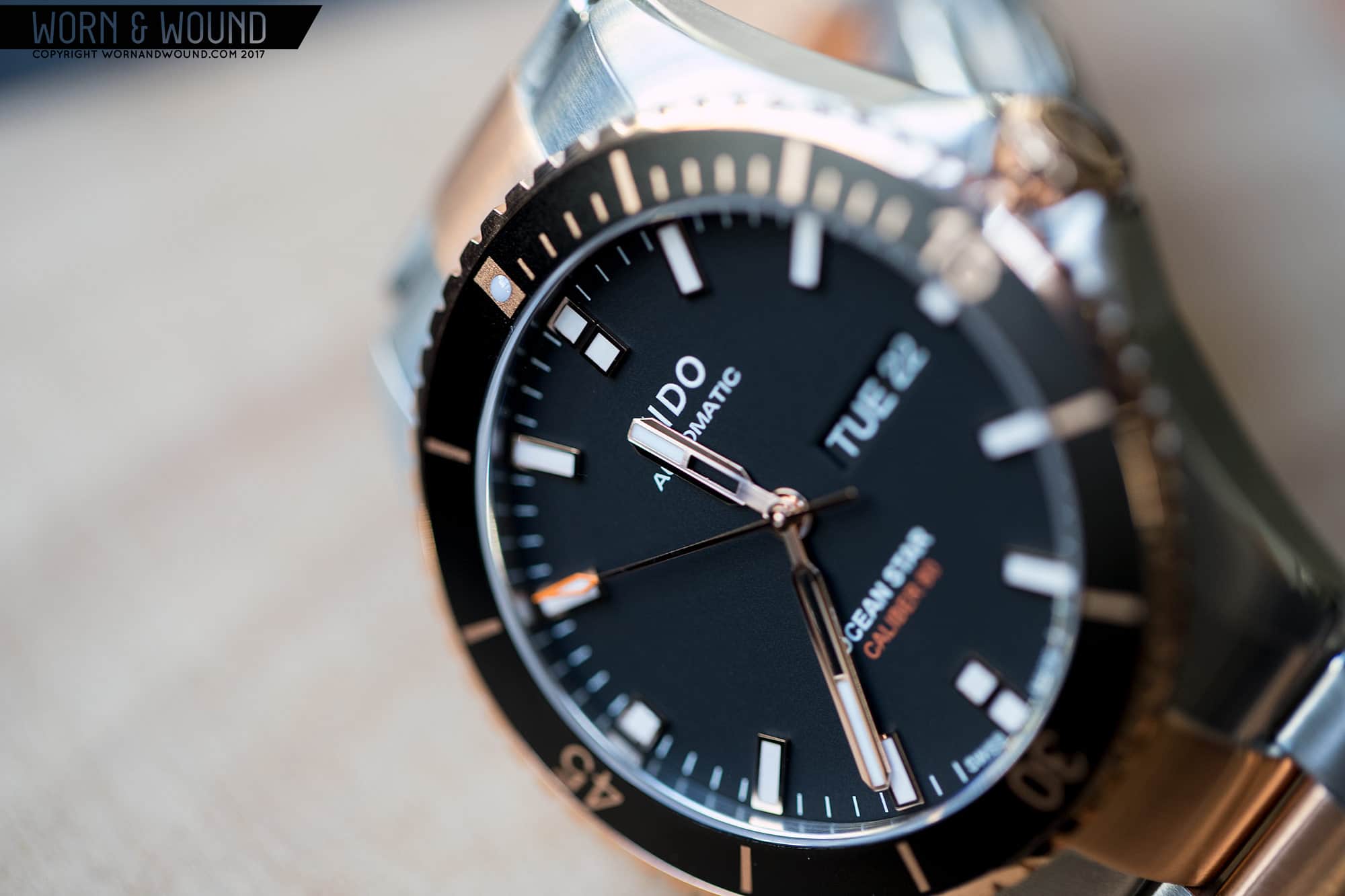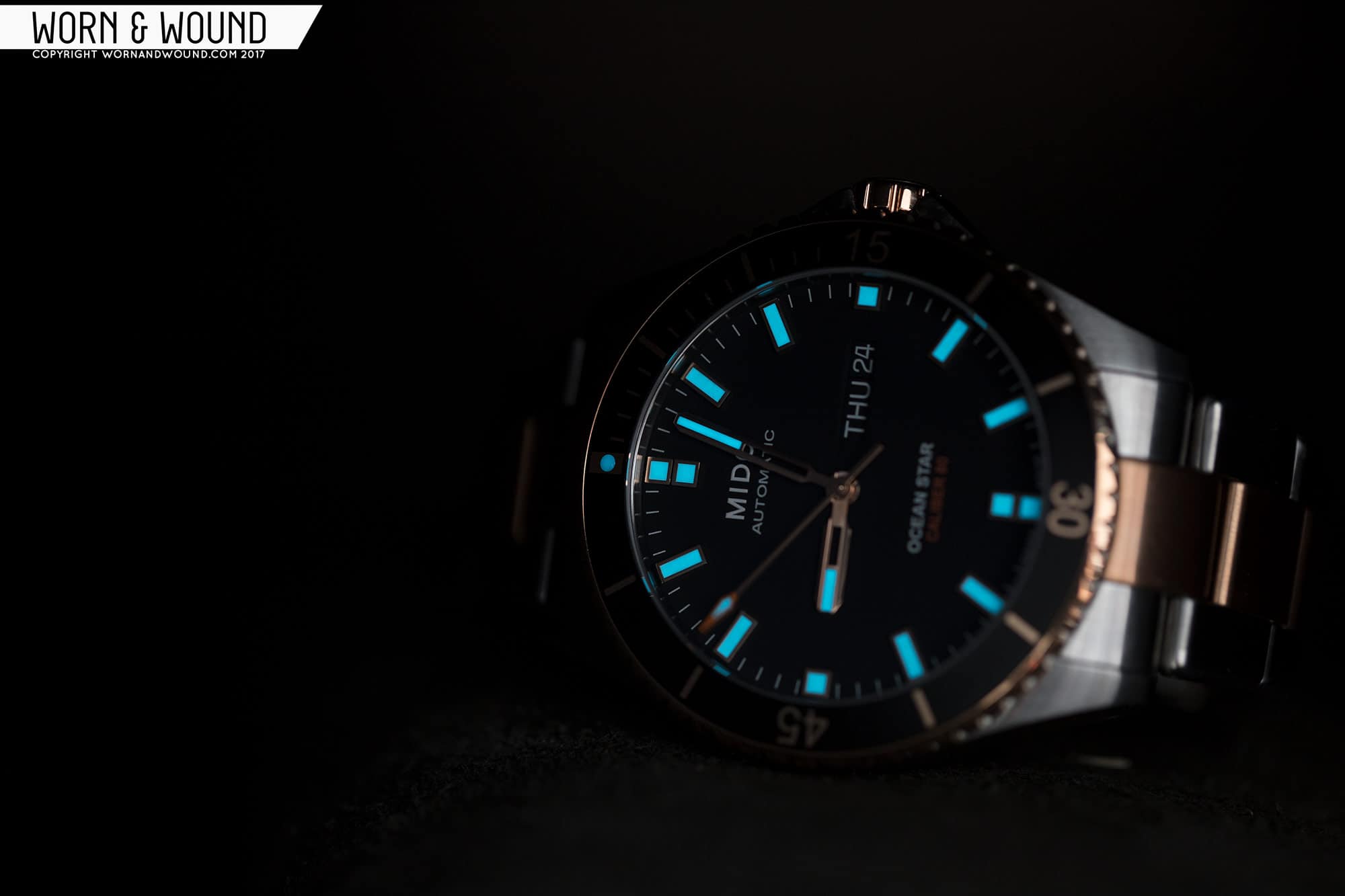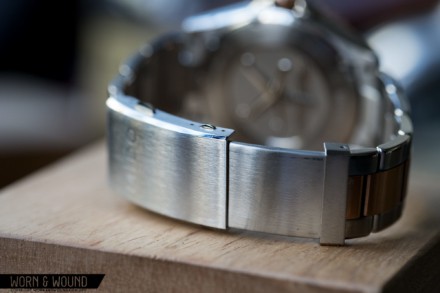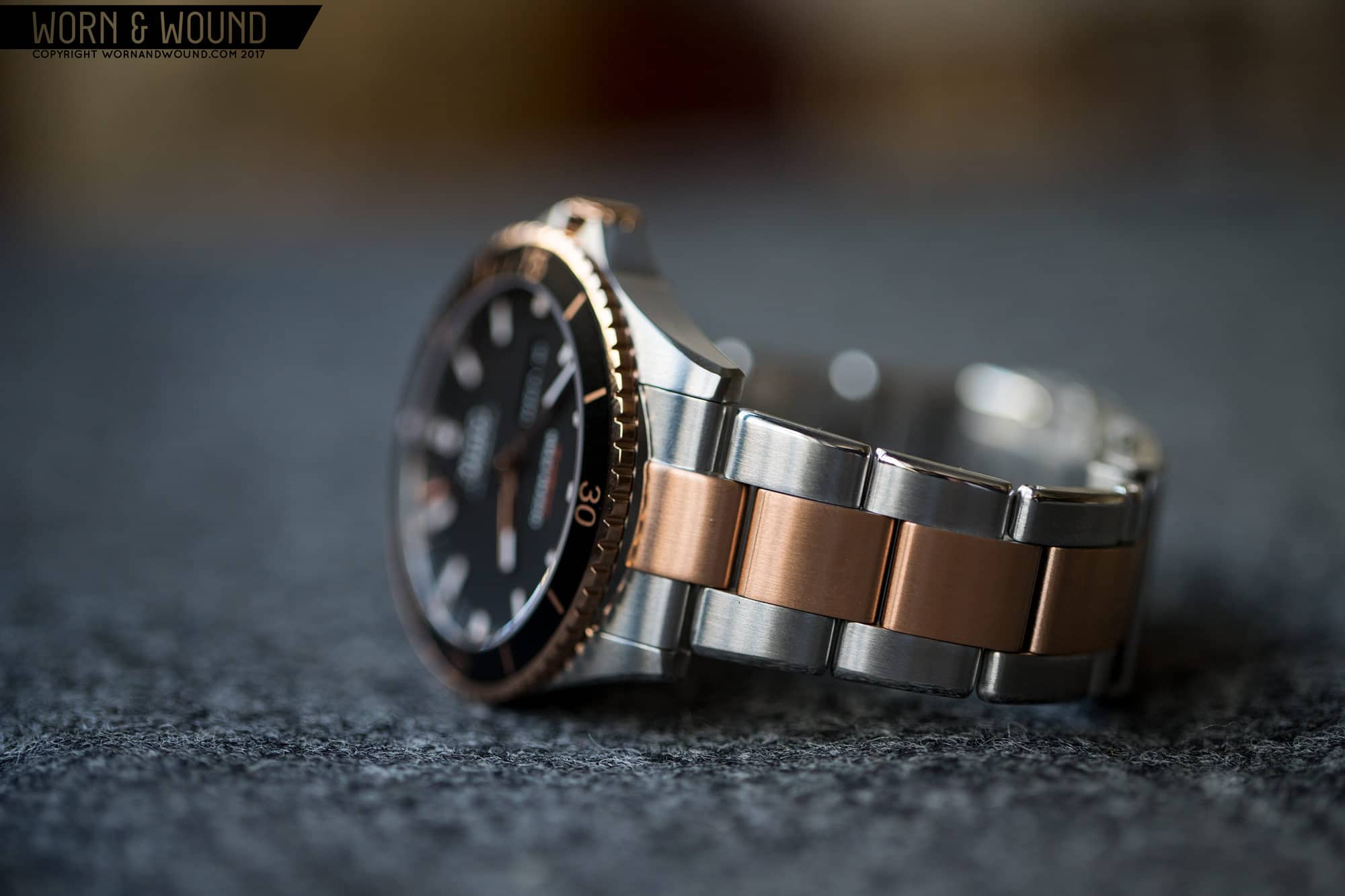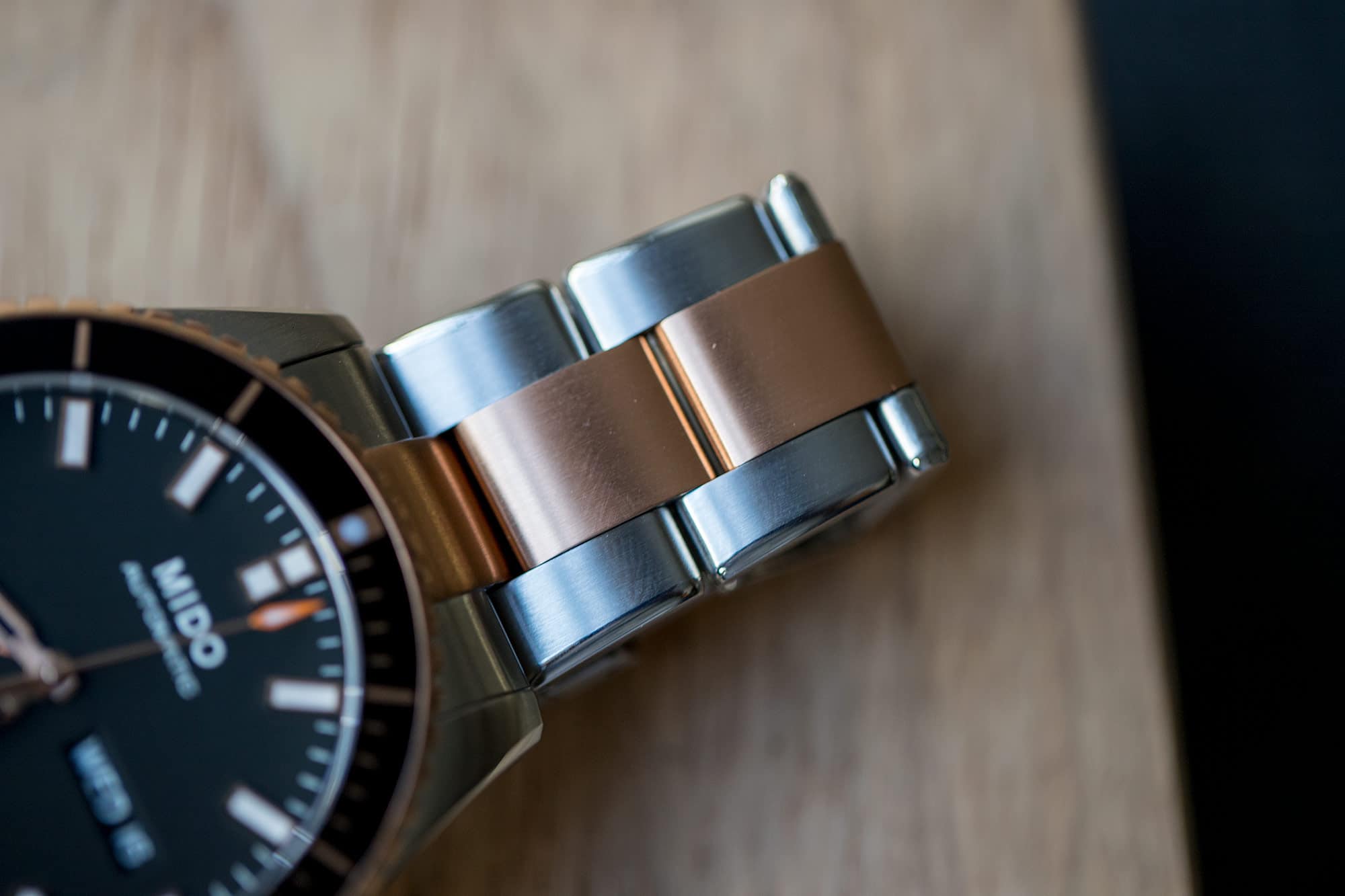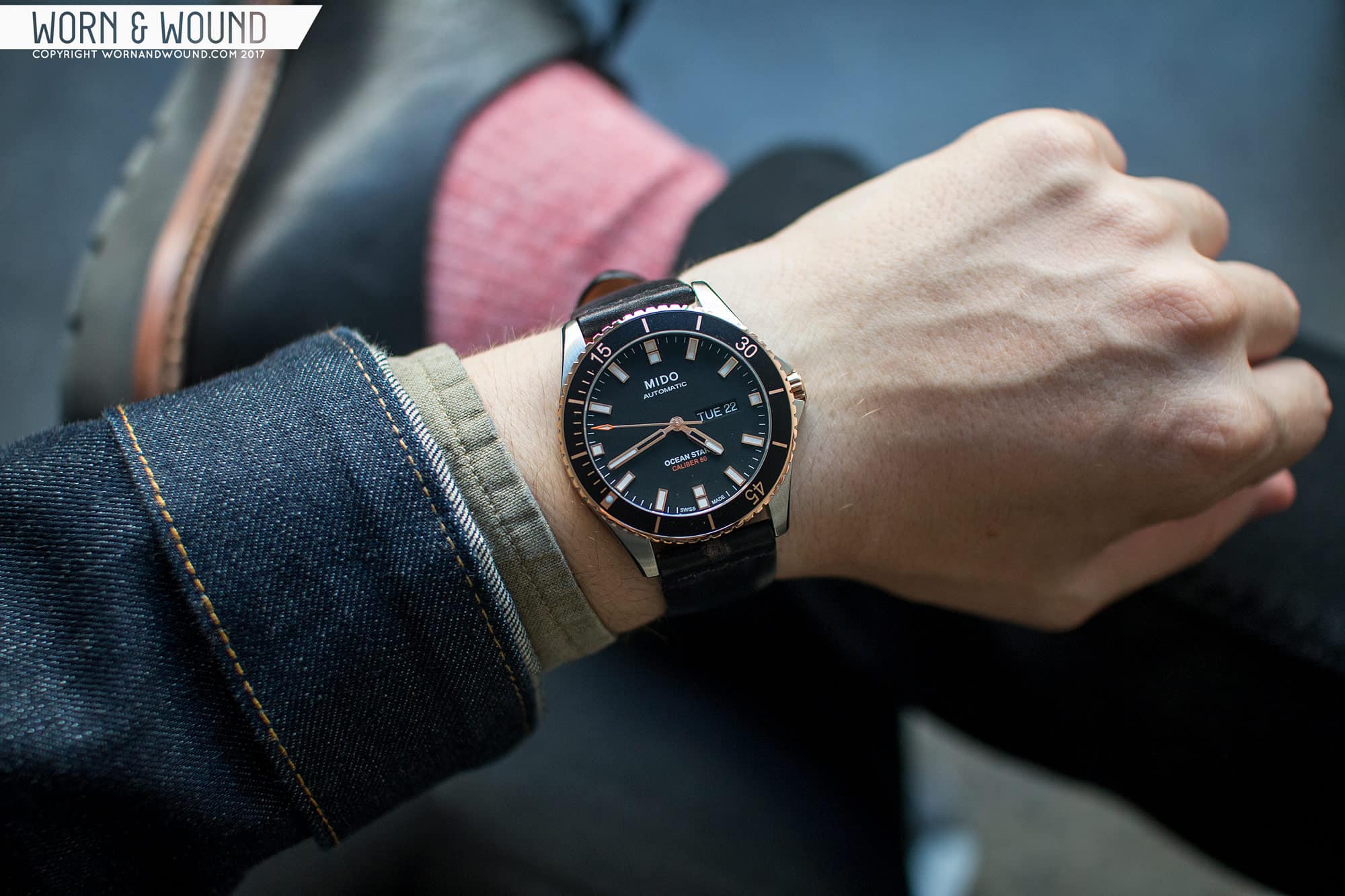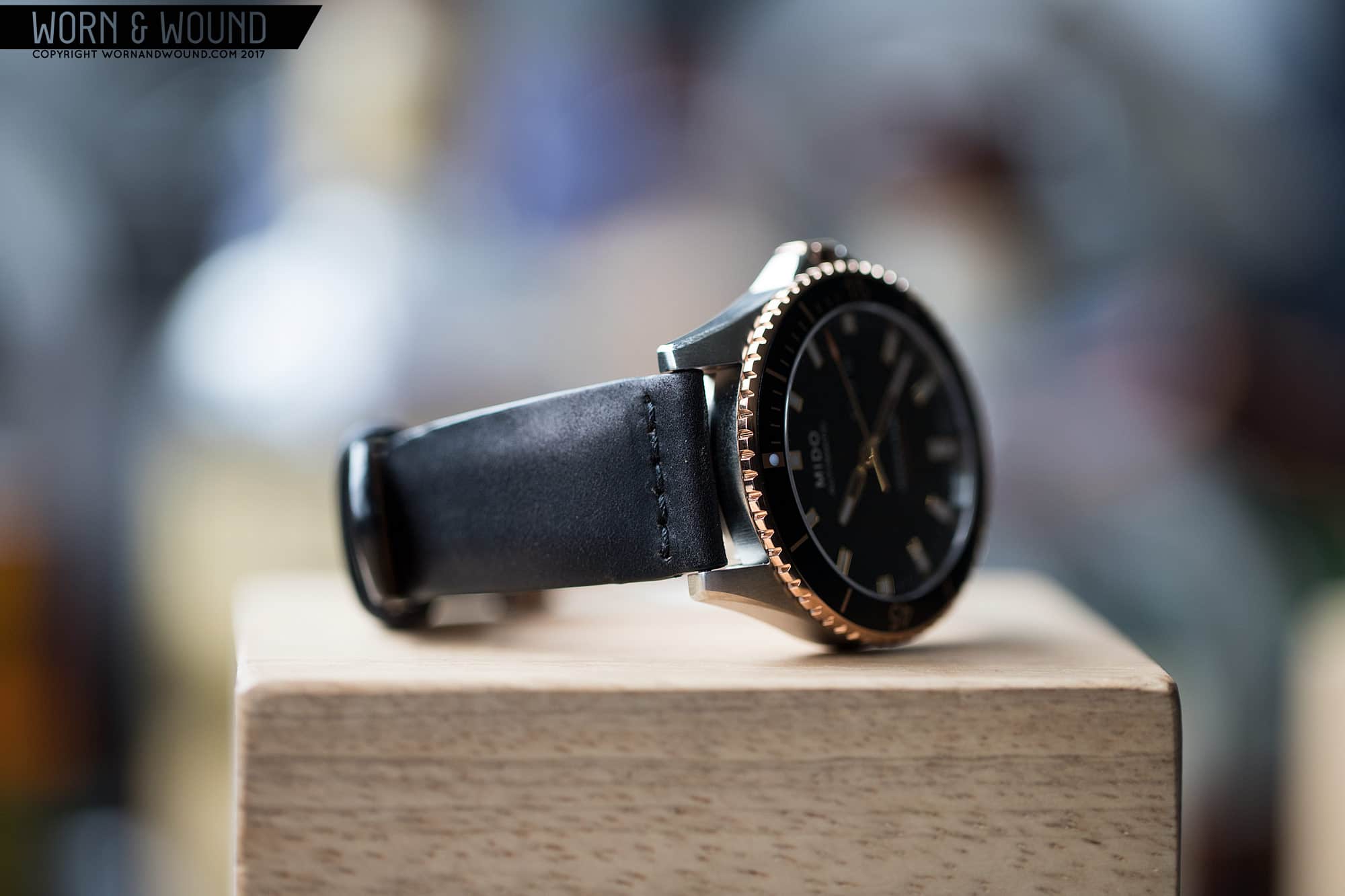After years of looking at and reviewing watches on a daily/weekly basis, I’m sometimes surprised by what I end up liking. Sometimes it’s a watch that I expected to be garish or too large, but is tame and fits well. Or a watch that is so simple that I expect it to be dull, but it ends up having a sophistication beyond the sum of its parts. Regardless, I enjoy these surprises as they keep me looking forward to new releases and trying out new watches. 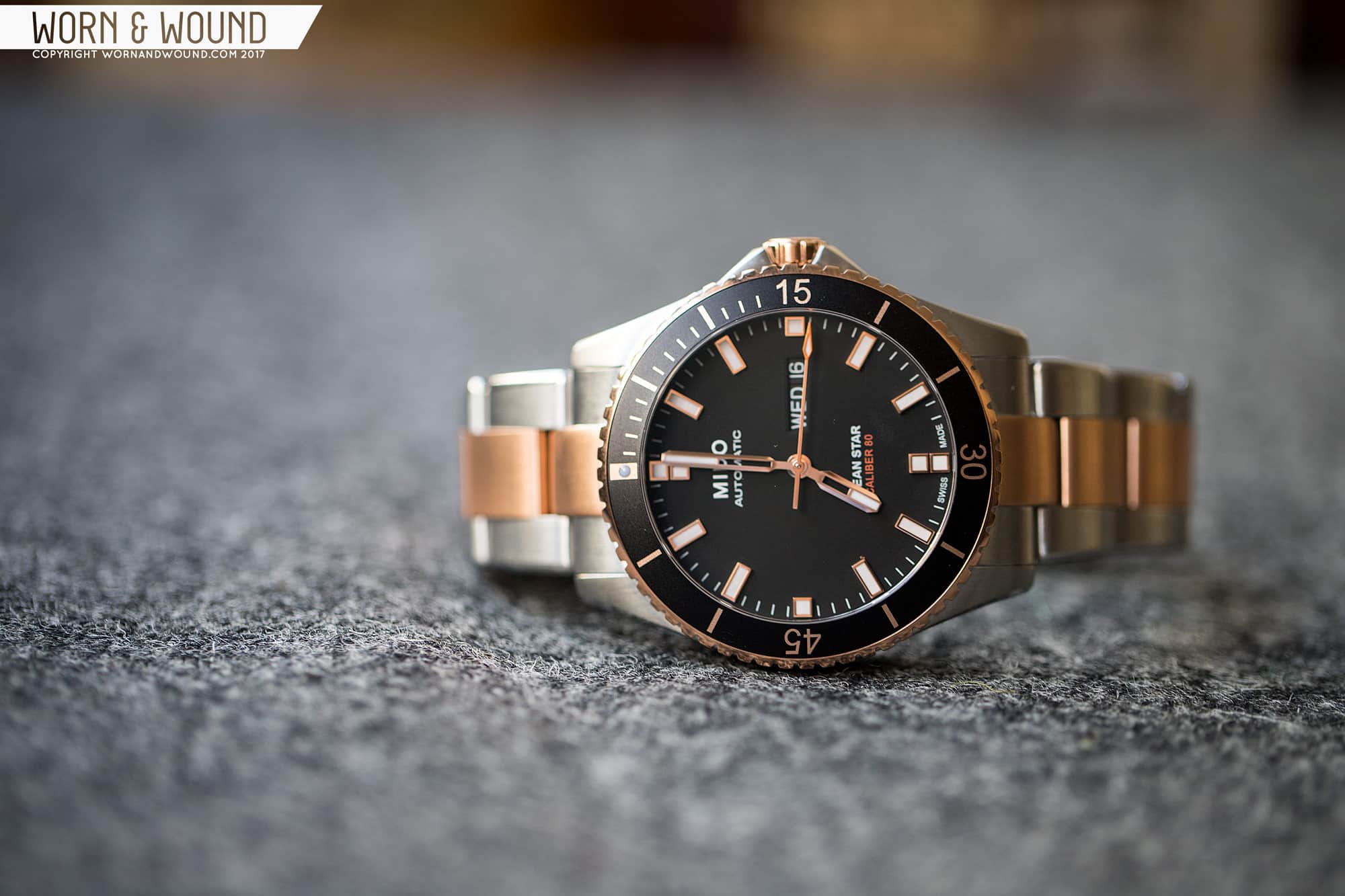
When I first saw the Mido Ocean Star, my reaction was, “Well, okay. Nothing new here, but nothing offensive either, and certainly worth a closer look.” At a glance, the overall layout seemed well considered. There was nothing that gave me an immediate, “Oh, no” reaction for sure, and the aesthetic felt pleasantly modern in a day when everything is trying to be vintage. 42mm is perhaps a touch large, but not over the top. Furthermore, 200 meters of water resistance, a sapphire crystal and one of Swatch Group’s handy 80-hour power reserve movements make it a nice package for around $1,000.
Looking closer at the line, I was also intrigued by the different styles available in the Ocean Star series. There are a couple of standards—steel case with either a blue or black dial—but there are also some more unique options, too. There is an all-titanium option, which is more toolish than the others, and then two that flirt with gold. One is all around rose gold accompanied by a black strap—which I get, but it’s not for me. The last, however, intrigued me the most—a two-tone version with a steel mid-case and rose gold PVD bezel and crown.
Why this model? First, it’s a change of pace. We rarely review gold watches or watches with gold elements, and variety is the spice of life, so they say. Second, it simply looks nice, with the gold accents adding some additional detail to the design. Third, two-tone watches are maybe starting to come back in trend. I mean, there was even a NY Times article on the topic that I had the honor of being quoted in (humble brag). That said, the article focused on watches at a higher price point, and that brings me to my final point—with the recent release by Tudor of the Heritage Black Bay Two-Tone, an immediately very popular new model, it’s nice to have an affordable option in a watch that bears some similarity without feeling derivative.
And, as the opening paragraph set up and the following will expand on, I was pleasantly surprised by the Mido Ocean Star. It’s a cut and dry dive watch that leans more towards desk diving than ocean diving, and it has a well-considered and very clean layout. It’s modern and not trendy—in a good way—but it also has some vintage elements to the bezel which adds some style. The case and bracelet have some finishing that surprised me, and those hints of gold elevate the aesthetic. At $1,000, it’s not the cheapest on the block, but it’s a nice alternative to watches that cost a few times more.









 Featured Videos
Featured Videos




